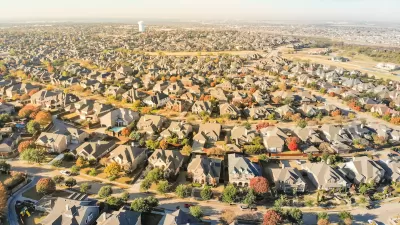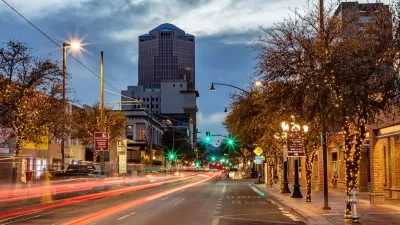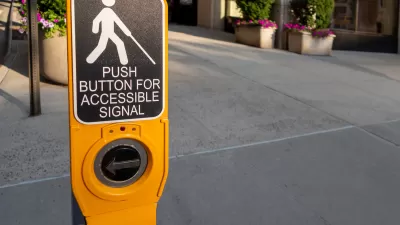A third or more of Americans cannot drive due to their age, ability, or other factors. How can their travel needs inform our transportation systems?

In an episode of The Brake podcast, Streetsblog staff interviews Anna Zivarts, author of When Driving is Not an Option: Steering Away From Car Dependency. Zivarts’ book outlines how paying attention to the needs of people who can’t or don’t drive — a population she says is likely undercounted in the United States — we can make transportation systems better for everyone.
I started really trying to figure out: how many other people are there out there who can't drive? How many people with disabilities? How many people who can't afford cars? If we talk about young folks, or folks who have their licenses suspended, and folks who are undocumented, and folks who are aging out of driving — how many of us are there?
Zivarts focuses on people who are non-drivers by necessity, meaning that they often may not have the ability, energy, or skills to use bikes or other ‘active’ transportation. “I think there's so much emphasis on efficiency in many of our systems; the piece that’s often overlooked [is] thinking about things from more of a disability perspective, and focusing instead in prioritizing inclusion [and] access.”
The book also urges the reader to assess the broader costs of car dependency. “At the end of the day, when we think about how much vehicles cost, the environmental costs, the climate costs, the public health costs of your air and noise pollution, the public health costs of crashes — these are all significant. Perhaps we'd all be better off if we start to think about transitioning away from car dependency?”
FULL STORY: What We Can Learn From the 30 Percent of Americans Who Can’t Drive

Alabama: Trump Terminates Settlements for Black Communities Harmed By Raw Sewage
Trump deemed the landmark civil rights agreement “illegal DEI and environmental justice policy.”

Study: Maui’s Plan to Convert Vacation Rentals to Long-Term Housing Could Cause Nearly $1 Billion Economic Loss
The plan would reduce visitor accommodation by 25% resulting in 1,900 jobs lost.

Planetizen Federal Action Tracker
A weekly monitor of how Trump’s orders and actions are impacting planners and planning in America.

Wind Energy on the Rise Despite Federal Policy Reversal
The Trump administration is revoking federal support for renewable energy, but demand for new projects continues unabated.

Passengers Flock to Caltrain After Electrification
The new electric trains are running faster and more reliably, leading to strong ridership growth on the Bay Area rail system.

Texas Churches Rally Behind ‘Yes in God’s Back Yard’ Legislation
Religious leaders want the state to reduce zoning regulations to streamline leasing church-owned land to housing developers.
Urban Design for Planners 1: Software Tools
This six-course series explores essential urban design concepts using open source software and equips planners with the tools they need to participate fully in the urban design process.
Planning for Universal Design
Learn the tools for implementing Universal Design in planning regulations.
Caltrans
Smith Gee Studio
Institute for Housing and Urban Development Studies (IHS)
City of Grandview
Harvard GSD Executive Education
Toledo-Lucas County Plan Commissions
Salt Lake City
NYU Wagner Graduate School of Public Service





























